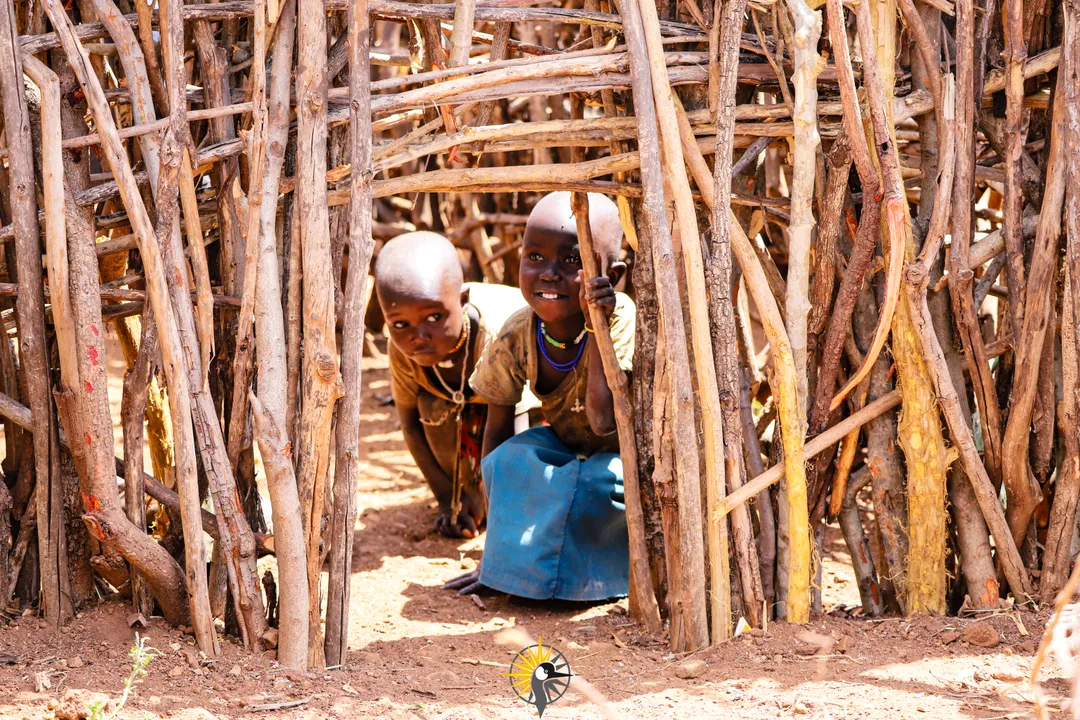The Karamojong People of Uganda
Among the many ethnic groups that call this East African nation home, the Karamojong people stand out with their unique traditions, vibrant culture, and resilient way of life.
This article takes you on an informative and engaging journey through the history, culture, and daily life of the Karamojong people of Uganda. By the end, you'll be inspired to book a trip through Musana Tours and Travel to experience this fascinating culture firsthand.
A Brief History of the Karamojong People
The Karamojong people inhabit the northeastern part of Uganda, a region known as Karamoja. This area is characterized by semi-arid plains, rugged hills, and a climate that can be harsh and unforgiving. Despite these challenges, the Karamojong have thrived for centuries, maintaining their traditional way of life and preserving their rich cultural heritage.
The origins of the Karamojong people are traced back to the larger Nilotic ethnic group, which migrated from the Nile Valley region. The Karamojong, along with related groups such as the Turkana of Kenya and the Toposa of South Sudan, share linguistic and cultural ties. Their migration and settlement in the Karamoja region are believed to have occurred over several centuries, driven by the search for grazing lands and water for their livestock.
The Culture and Traditions of the Karamojong
Social Structure and Lifestyle
The Karamojong society is organized into clans, each with its own distinct identity and traditions. These clans are further divided into smaller units, known as "manyatta," which are communal homesteads consisting of several families. The manyatta serves as the basic social unit, where daily life revolves around communal activities, shared responsibilities, and strong kinship bonds.
Livestock, particularly cattle, hold immense cultural and economic significance for the Karamojong. Cattle are not only a source of livelihood but also a symbol of wealth, status, and social identity. The Karamojong are renowned for their pastoralist lifestyle, moving with their herds in search of pasture and water.
This nomadic way of life has shaped their cultural practices, social organization, and interactions with neighboring communities.
Traditional Attire and Adornments
One of the most striking aspects of Karamojong culture is their traditional attire and adornments. The Karamojong people are known for their distinctive clothing, which includes brightly colored shukas (wraps) made from woven fabric. These shukas are often adorned with intricate beadwork and patterns, reflecting the wearer's clan and social status.
In addition to their clothing, the Karamojong are famous for their elaborate beadwork and body adornments. Both men and women wear beaded necklaces, bracelets, and anklets, which are not only decorative but also hold cultural and symbolic significance.
The beads are often arranged in intricate patterns and colors, each carrying its own meaning and representing various aspects of Karamojong identity.
Music, Dance, and Oral Traditions
Music and dance are integral parts of Karamojong culture, serving as expressions of joy, sorrow, and communal identity. Traditional songs and dances are performed during important ceremonies, such as weddings, initiations, and community gatherings. The rhythmic beats of drums, accompanied by singing and clapping, create a lively and captivating atmosphere.
Oral traditions play a vital role in preserving the history, values, and knowledge of the Karamojong people. Elders pass down stories, proverbs, and myths to younger generations, ensuring that their cultural heritage is maintained. These oral narratives often revolve around themes of bravery, wisdom, and the deep connection between the Karamojong and their natural environment.
The Challenges and Resilience of the Karamojong
Environmental and Economic Challenges
The Karamoja region faces numerous challenges, including erratic rainfall, drought, and food insecurity. These environmental conditions pose significant threats to the livelihoods of the Karamojong, who rely heavily on their livestock and subsistence farming.
The scarcity of water and pasture often leads to conflicts over resources, both within the Karamojong community and with neighboring groups. Despite these challenges, the Karamojong have shown remarkable resilience and adaptability.
Traditional practices, such as rainwater harvesting, crop diversification, and communal grazing, have helped mitigate the impact of environmental hardships. Additionally, various development initiatives and humanitarian efforts have aimed to improve access to education, healthcare, and sustainable livelihoods in the region.
Cultural Preservation and Modernization
As the world becomes increasingly interconnected, the Karamojong face the challenge of balancing cultural preservation with modernization. While maintaining their traditional way of life, many Karamojong are also embracing education, technology, and economic opportunities.
Efforts to promote cultural tourism and showcase the unique heritage of the Karamojong have gained momentum, providing a platform for cultural exchange and economic empowerment.
Gender Roles and Empowerment
Gender roles in Karamojong society are traditionally defined, with distinct responsibilities assigned to men and women. Men are primarily responsible for herding cattle, protecting the community, and making important decisions. Women, on the other hand, are involved in domestic tasks, farming, and childcare.
However, these roles are gradually evolving, with increasing emphasis on gender equality and women's empowerment. Organizations and initiatives focused on women's rights and education have made significant strides in Karamoja.
Women are now taking on leadership roles, participating in income-generating activities, and advocating for their rights. This shift is contributing to positive changes in the social fabric of the Karamojong community, fostering a more inclusive and equitable society.
Experiencing Karamoja: A Journey with Musana Tours and Travel
The rich cultural heritage and breathtaking landscapes of Karamoja make it a compelling destination for travelers seeking an authentic and immersive experience. Musana Tours and Travel offers a unique opportunity to explore this fascinating region, providing a window into the lives of the Karamojong people.
A Cultural Immersion
A trip to Karamoja with Musana Tours and Travel is not just a vacation; it's a cultural immersion. You'll have the chance to visit traditional manyattas, where you can interact with local families, learn about their daily routines, and gain insights into their customs and traditions.
The hospitality of the Karamojong people is renowned, and you'll be welcomed with open arms into their community.
Witness Traditional Practices
One of the highlights of the trip is witnessing traditional Karamojong practices up close. You can observe the intricate beadwork, participate in lively dances, and listen to captivating stories told by the elders. The experience provides a deeper understanding of the Karamojong way of life and their deep connection to their cultural heritage.
Explore the Scenic Beauty
Karamoja is not only rich in culture but also in natural beauty. The region boasts stunning landscapes, from rolling hills to expansive plains. Musana Tours and Travel offers guided tours that allow you to explore the scenic beauty of Karamoja, including visits to breathtaking viewpoints, nature walks, and wildlife encounters. The diverse flora and fauna of the region add to the allure of the journey.
Sustainable and Responsible Travel
Musana Tours and Travel is committed to promoting sustainable and responsible tourism in Karamoja. The company works closely with local communities to ensure that tourism benefits the Karamojong people while preserving their cultural and natural heritage. By booking a trip with Musana, you contribute to the well-being of the Karamojong and support initiatives aimed at improving their livelihoods and preserving their traditions
Conclusion
The Karamojong people of Uganda offer a glimpse into a world where tradition, resilience, and vibrant culture come together in a harmonious blend. Despite the challenges they face, the Karamojong have preserved their unique way of life and continue to thrive in the face of adversity.
A journey to Karamoja with Musana Tours and Travel is not just a trip; it's an opportunity to connect with a remarkable community, learn from their wisdom, and experience the beauty of their land.
So, what are you waiting for? Book your trip today and embark on an unforgettable adventure with Musana Tours and Travel. Explore the heart of Karamoja, immerse yourself in the rich culture of the Karamojong people, and create memories that will last a lifetime. The Pearl of Africa awaits you!
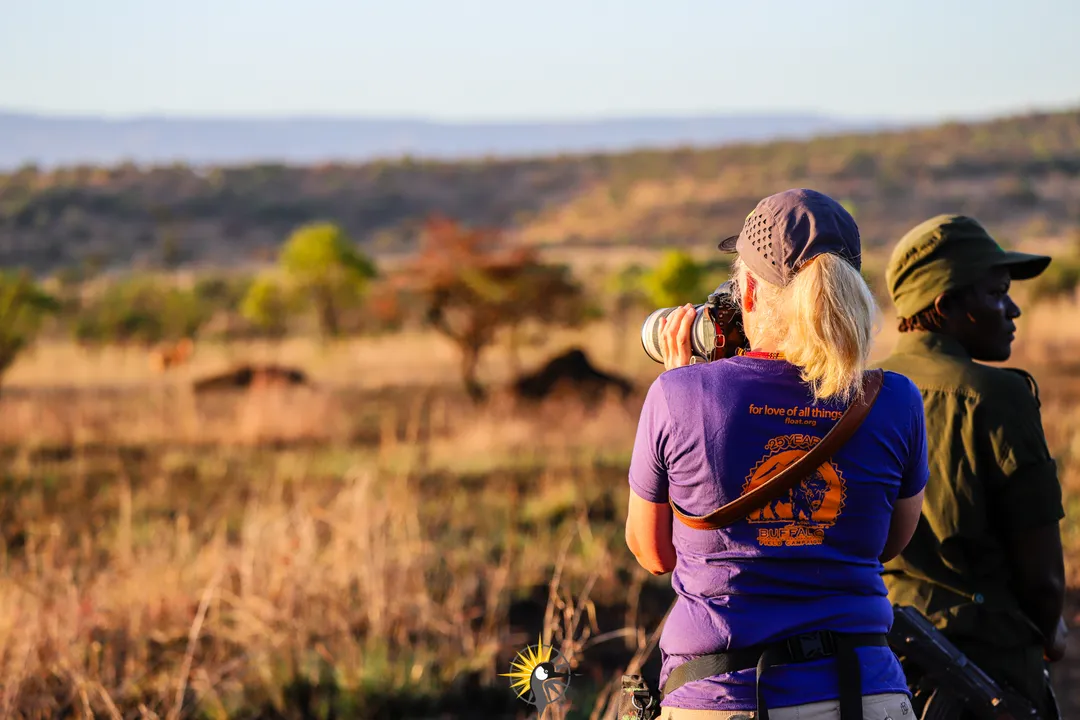 Client on a walk
Client on a walk
Let us plan your safari
Let our experts walk you through the process of planning your safari step by step!
News and Updates
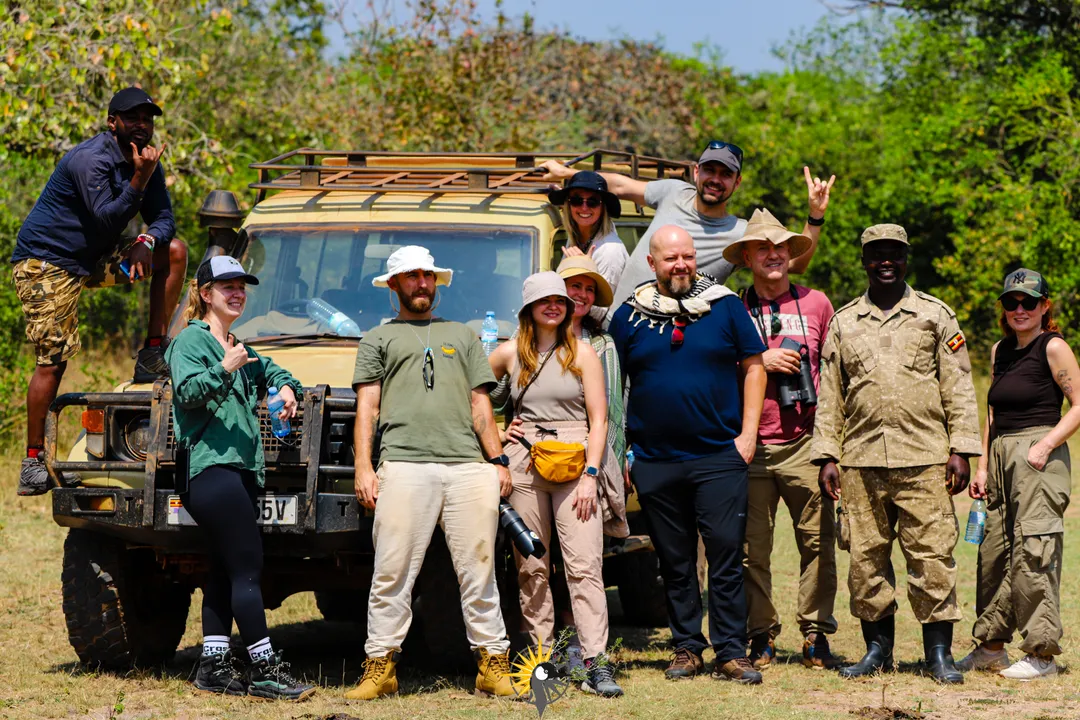
Why Uganda Is Africa’s best safari secret
Discover why Uganda is Africa’s best-kept safari secret. From thrilling mountain gorilla trekking to diverse wildlife and stunning landscapes, Uganda offers an unforgettable, off-the-beaten-path safari experience.
Sun Apr 06 2025
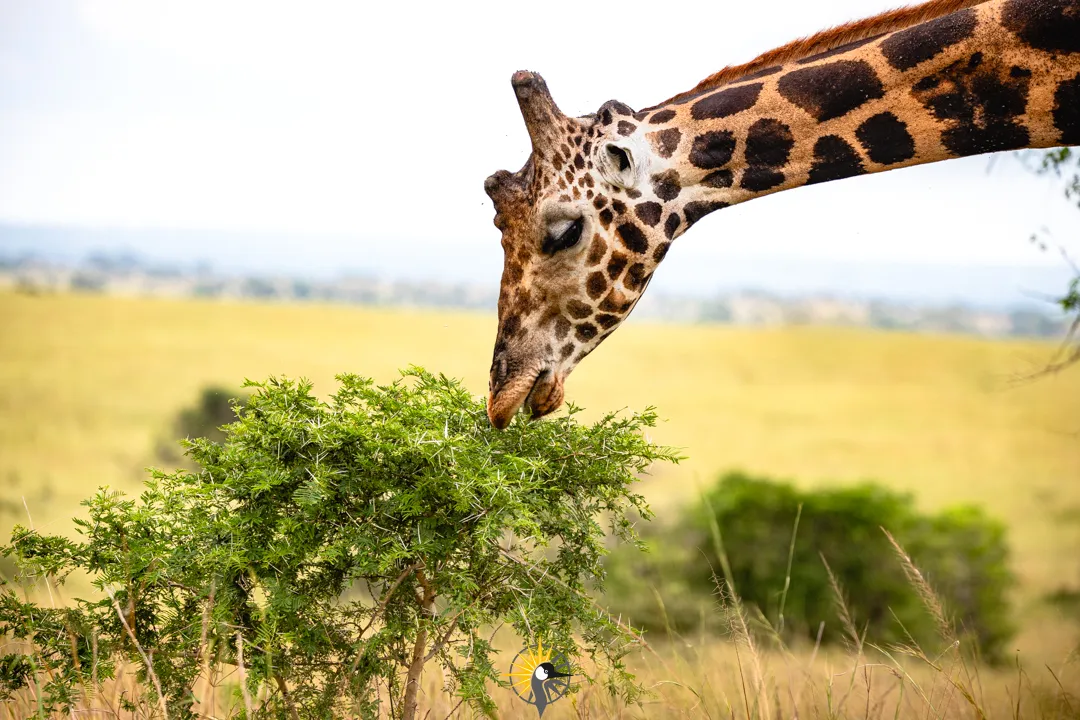
Unique safari experiences in Rwanda
From tracking endangered primates to exploring stunning landscapes and vibrant traditions, here are the most unique experiences you can enjoy in Rwanda.
Fri Mar 14 2025
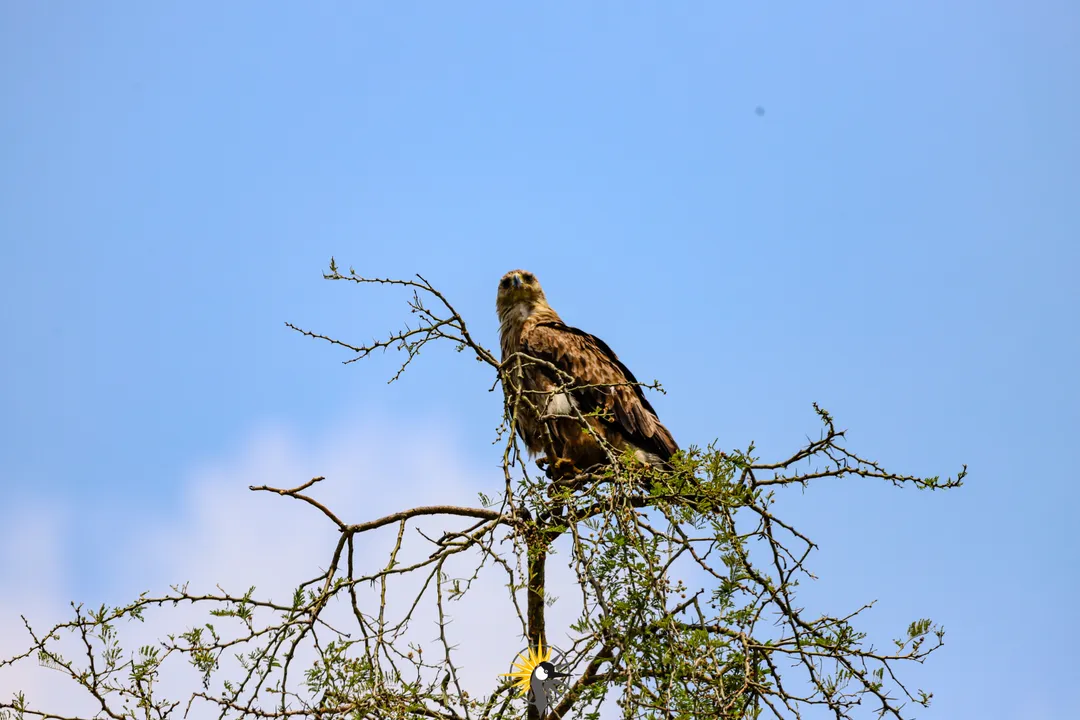
Birdwatching in Kenya
Join Musana Tours and Travel on an unforgettable birdwatching safari across the best birding hotspots in Kenya.
Wed Feb 26 2025
